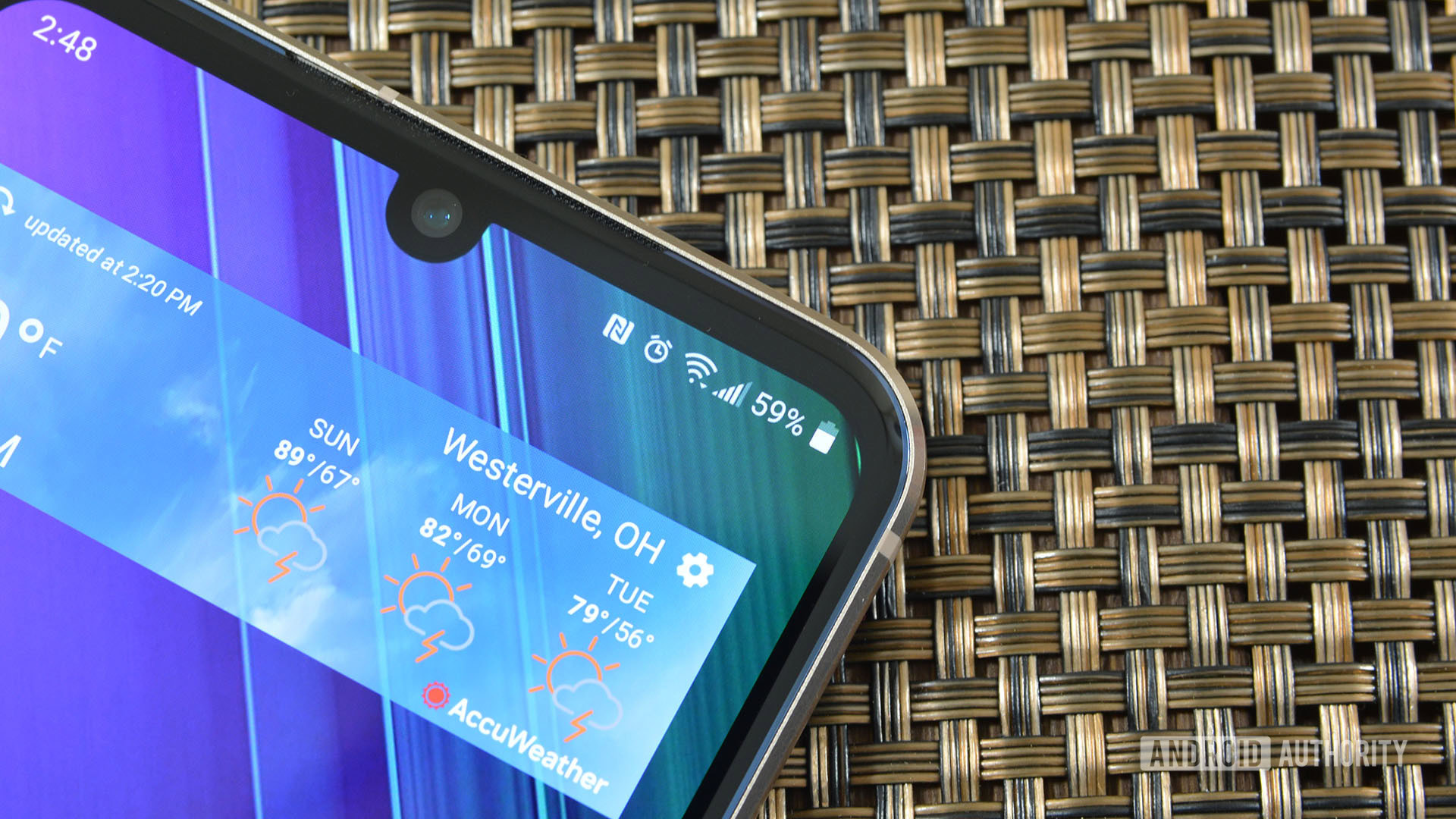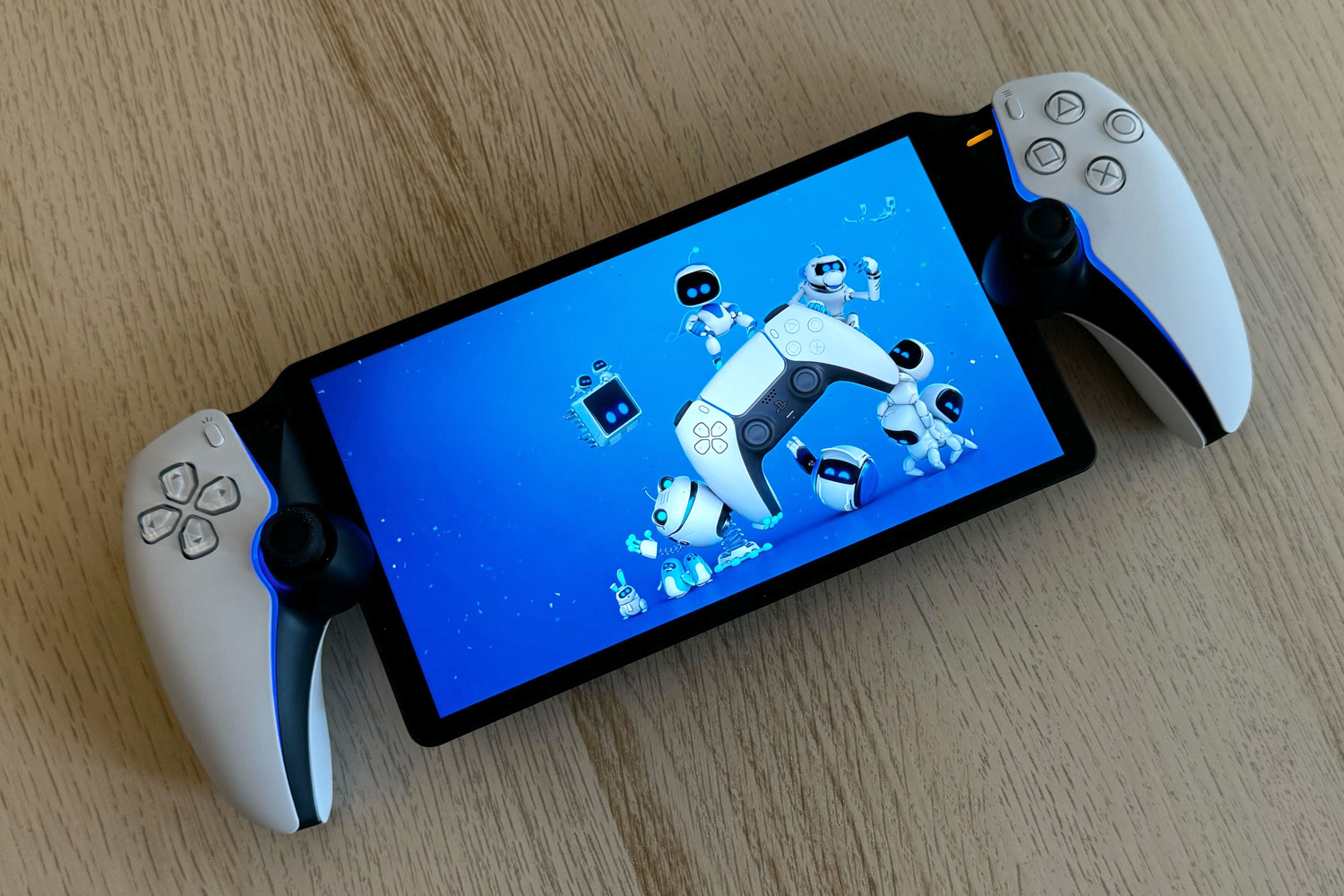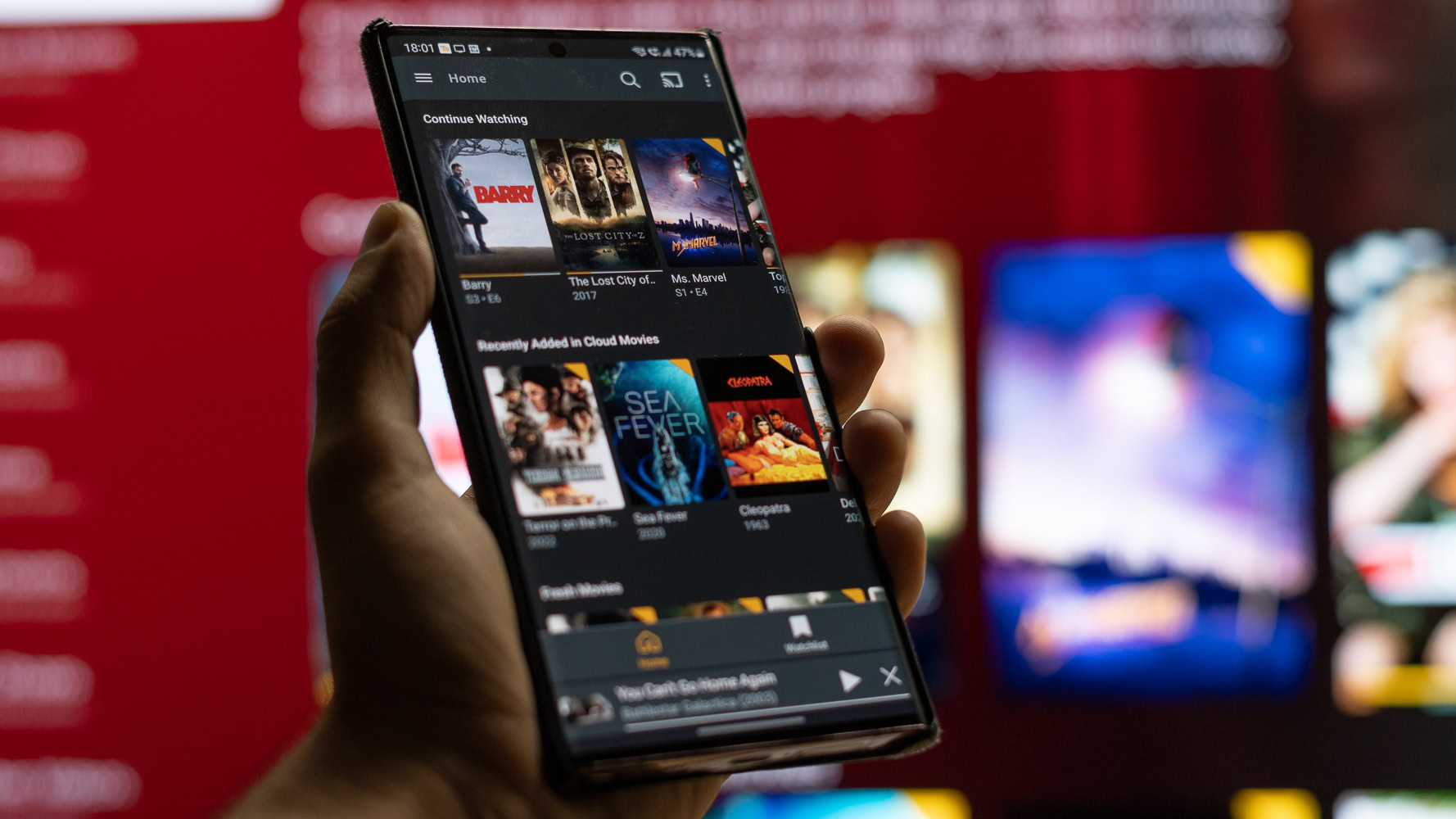TL;DR
- A flag in Android’s Carrier Config Manager allows cellular carriers to artificially inflate the number of bars shown on your phone.
- Google explains that the majority of carriers require this option, and its addition to the Android codebase dates back to 2017.
- Android artificially inflates network signal strength to appear as a five-bar scale, rather than the original four-bar scale.
Network carriers aren’t afraid to use clever names and marketing to make their cellular performance appear better than it actually is. A prime example is AT&T’s use of the 5GE badge, which is 4G LTE rather than 5G. The truth is, many carriers use similar strategies to market their cellular networks. A flag in the Android codebase that’s recently been getting a lot of attention has led some to believe Google was colluding to artificially inflate signal strength, but the true purpose of the flag appears to be much simpler.
A report by Nick vs Networking from last month highlighted a flag named KEY_INFLATE_SIGNAL_STRENGTH_BOOL in Android’s Carrier Config Manager. The Carrier Config Manager explains this flag as determining if the Android system “should interpret all signal strength as one bar higher.” Naturally, this raised a few eyebrows, as Nick vs Networking confirmed at least Verizon and AT&T enabled the flag on their networks.
As it turns out, the flag does not appear to be nefarious. Google tells Android Authority that the majority of carriers require the flag, and it isn’t a new addition. It dates back eight years, as the original Google Git commit for the flag was added to Android’s codebase on June 22, 2017. Additionally, the company explains that the 2017 change was made to benefit Android users — not telecom carriers.
Don’t want to miss the best from Android Authority?


Google further notes that the flag, which artificially inflates the number of signal strength bars, was introduced when Android added the option for a five-bar network strength scale. Previously, the four-bar scale resulted in Android phones still having a network signal when zero bars were visible.
The switch to a five-bar scale was intended to ensure Android users always know when their phones have enough service to make texts or calls, and browse the web, according to Google. Users might interpret their phone as having no service with zero bars on the older scale, which could create problems in an emergency.
Network signal strength bars have never been consistent across various phones and cellular carriers. Each device and network sets their own scale for signal strength, making visual bars an imprecise measure for comparison.
Users have been struggling with this situation since the early days of smartphones — reader Brent in that Nick vs Networking post recalls when bars were inflated during the switch from 3G to 4G. When 4G increased throughput on weaker signals compared to 3G, carriers didn’t want customers to complain about having fewer bars — despite improved performance — so they inflated the signal strength visuals.
To find an accurate measure of signal strength on an Android phone, users can navigate to Settings > About phone > SIM status. There, an Android phone will show its exact dBm measurement. The closer a phone’s dBm measurement is to zero, the stronger a network’s connection. For perspective, roughly -65 dBm is considered great, and any measurement beyond -110 dBm will likely result in signal loss.
Editor’s note: Android Authority has updated its initial reporting on this story with a revised analysis that more appropriately conveys the reality of the situation. We apologize for the errors in our earlier coverage.
Thank you for being part of our community. Read our Comment Policy before posting.









